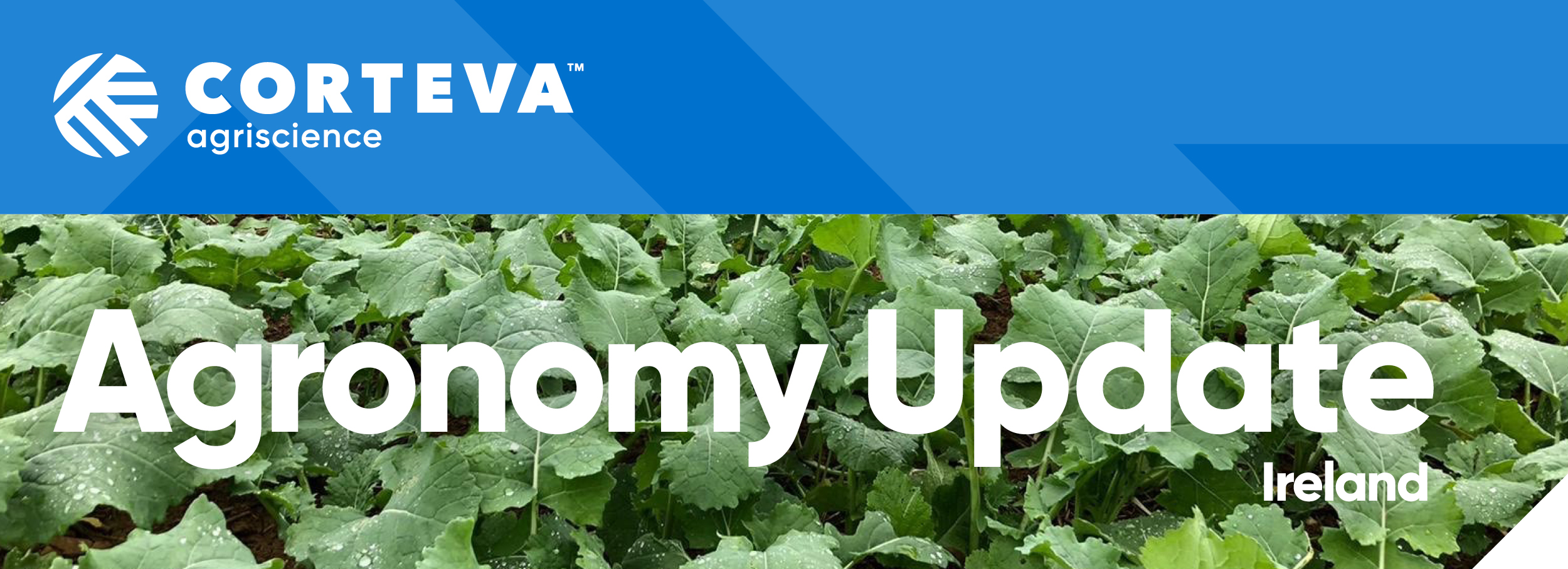
|
In the May edition
- Optimising weed control in spring cereals with Pixxaro EC
- Potato crops - weed control and blight management considerations
- Our 2025 Pioneer hybrid winter oilseed rape guide is out now!
- Help your cereal crops establish with Ympact
- Update your communications preferences, enter our monthly prize draw plus ways to earn IASIS points
|
|
|
Optimising weed control in spring cereals with Pixxaro® EC
Spring cereal growers are facing significant challenges this season due to prolonged dry conditions and staggered weed emergence. These environmental stresses not only hinder crop development but also reduce the efficacy of many herbicide treatments. Effective weed management remains critical to preserving soil moisture and nutrients for the crop.
Dry weather and fluctuating temperatures can compromise herbicide performance. Sulfonylurea herbicides are particularly sensitive to these conditions and are restricted to applications before GS39. In contrast, Pixxaro® EC offers a more flexible and robust solution, with application permitted up to GS45. This extended window allows for better timing and improved control of late-emerging weeds. Pixxaro also has no following crop restrictions or residual carryover that may impact early sown brassica or OSR crop emergence.
If growing conditions are slow and difficult, then the addition of an adjuvant to Pixxaro will help increase control of larger, more difficult, or well waxed species, including black bindweed, chickweed, cranesbill, fumitory and poppy.
For late-season cleavers, a minimum application rate of 0.25 l/ha is recommended. Higher rates may be necessary for larger or more established weeds.
Where large polygonum species are an issue, control may be boosted by adding an SU herbicide such as Harmony® M SX.
As spring cereals progress rapidly, growers aiming to reduce field passes will benefit from Pixxaro’s broad compatibility with a wide range of tank mix options, including fungicides and ACCase graminicides for grass weed control.
|
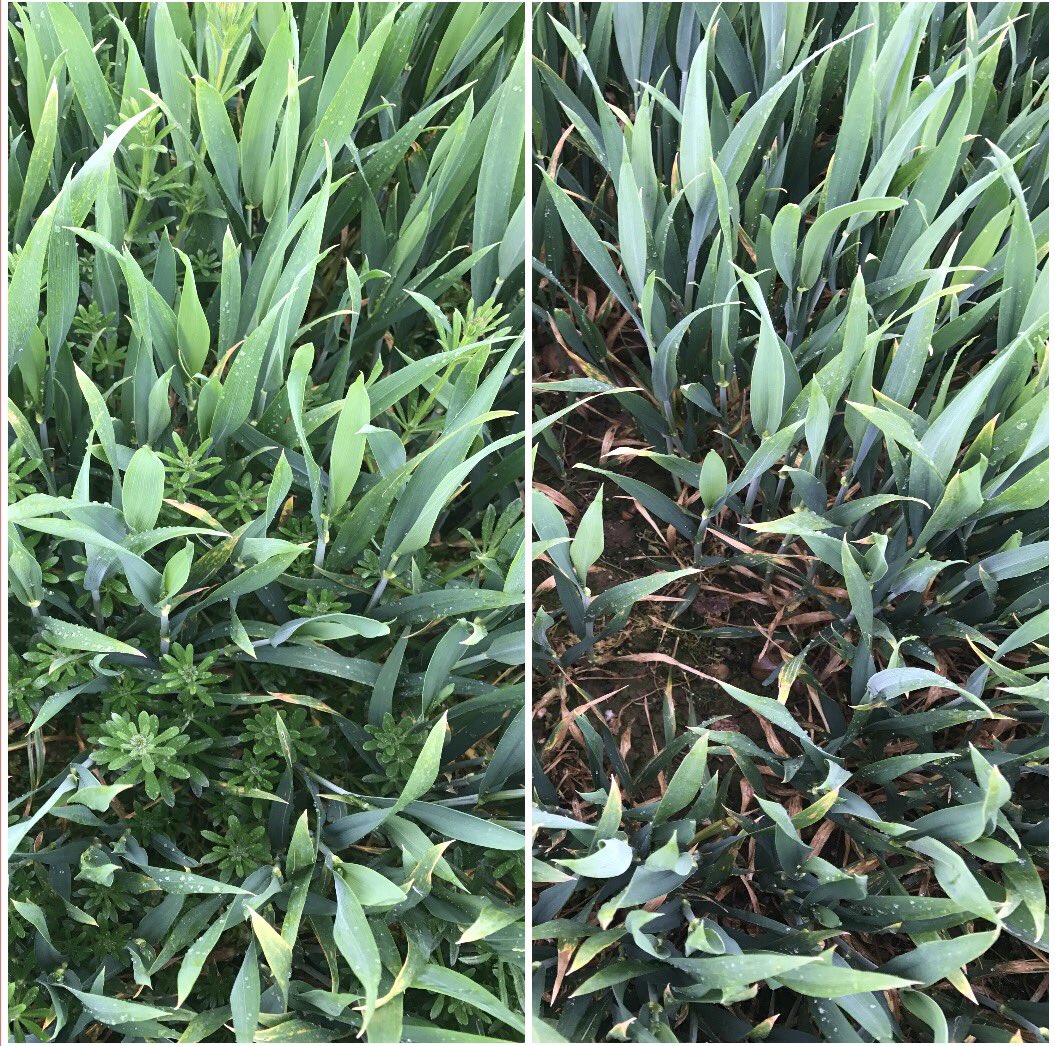
|
|
|
Potato crops - weed control and blight management considerations
Weed Control
Ware crop are all but planted with some already emerging. Dry conditions which enabled growers to get planted up in good time and get their pre-em herbicides applied, have continued in the period since planting in many areas. But, this will have resulted in the pre-em herbicide seal on ridges in some fields and soil types being disrupted, allowing weeds to emerge when rain or irrigation stimulates germination.
In these cases, post-em Titus® + the adjuvant Vivolt®, provides the most robust solution to your broad-leaved and grass weed challenge. This should be applied in mixture with metribuzin, where the variety permits use (tolerant), to broaden the BLW spectrum. Target actively growing weeds at cotyledon-4 leaf stage, before crop shading becomes an added challenge to hitting the weeds.
Watch our short video with Craig Chisholm covering potato weed control tips.
|

|
Blight Management
Looking ahead to the blight campaign, an early finish to planting the crop has provided a window to ensure the opportunity for late blight is minimised by focusing on potato dumps/cull piles from the grading operation. Spraying off any shoots or covering with sheeting will greatly reduce the potential for blight getting hold early in the season, as we experienced in the very different planting period in 2024.
Focus should be on getting the blight programme started at rosette stage of the crop, prior to the crop meeting along the row, to minimise any risk of spread between plants and ensure good stem coverage before a foliage umbrella develops. In addition, given the increasing challenge posed by P. infestans, due to increasing virulence and resistance to some modes of action, the inclusion of a fungicide with non-OSBPI curative activity e.g. cymoxanil (Option®) or propamocarb in the first 2-3 sprays will be good practice to ensure that any seed-borne P. infestans is managed and the crop gets off to a clean start.
Watch the short video update covering the blight management topics here.
Spring 2025 Technical Update
In 2024 potato growers in the UK and Ireland experienced a significant late blight challenge, which required robust programmes to keep disease under control. Looking ahead to 2025, the continuing pressure generated by the evolving UK blight population means farmers and agronomists need to consider carefully how best to effectively deploy the tools at their disposal to achieve season long late blight control.
In the video below, Craig Chisholm, Field Technical Manager at Corteva Agriscience, reviews the most recent data surrounding blight strains, the weather patterns we saw in 2024 and, based on trials results, how best to use Corteva’s solutions, including Zorvec™ active; available in 2025 as Zorvec Entecta™, Option, and Titus, for potato crops to their greatest effect.
|
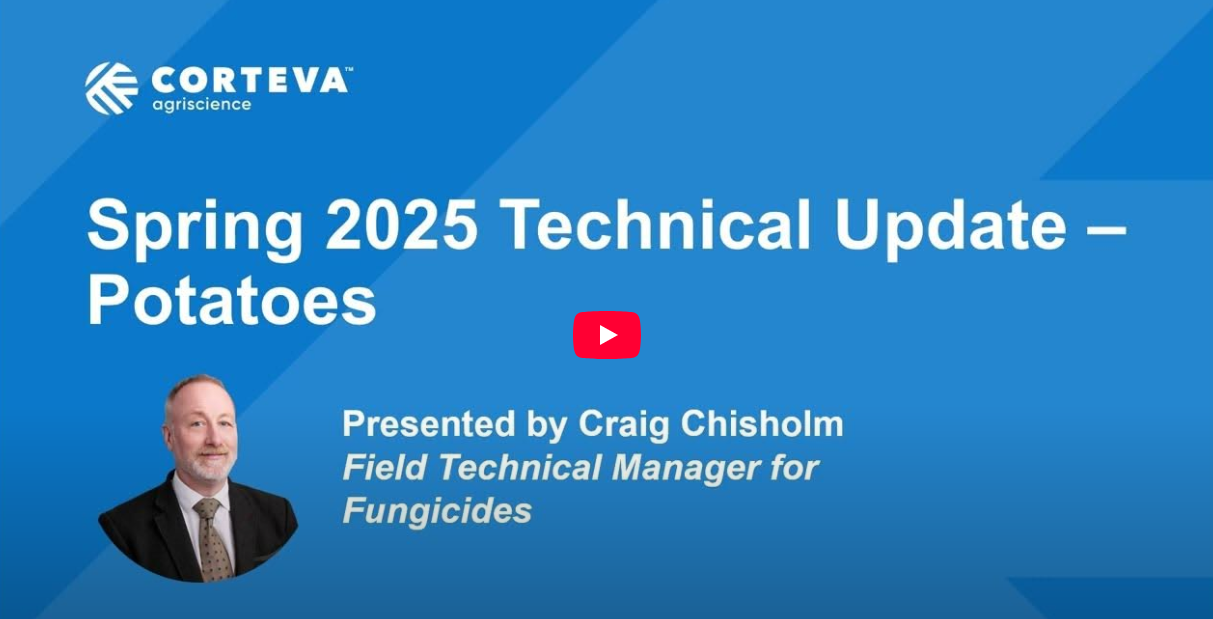
|
|
|
Our 2025 Pioneer hybrid winter oilseed rape guide is out now!
We are pleased to present our annual Pioneer® Hybrid WOSR guide. This handy guide summarises all of our hybrids, including PT303 Protector® Sclerotinia, the first hybrid offered to growers with a claim for Sclerotinia tolerance. Its impressive disease package includes TuYV resistance, partial resistance to verticillium stem stripe and a score of 7 for light leaf spot and 6 for phoma.
Also featured are PT312 and PT315. PT312 provides Sclerotinia tolerance and verticillium stem stripe tolerance, and a top oil content. PT315 is the first Pioneer hybrid with pod shatter resistance and brings with it a very high oil content.
Click here to view the digital version of the WOSR guide and discover more about PT303 and our other hybrids.
|
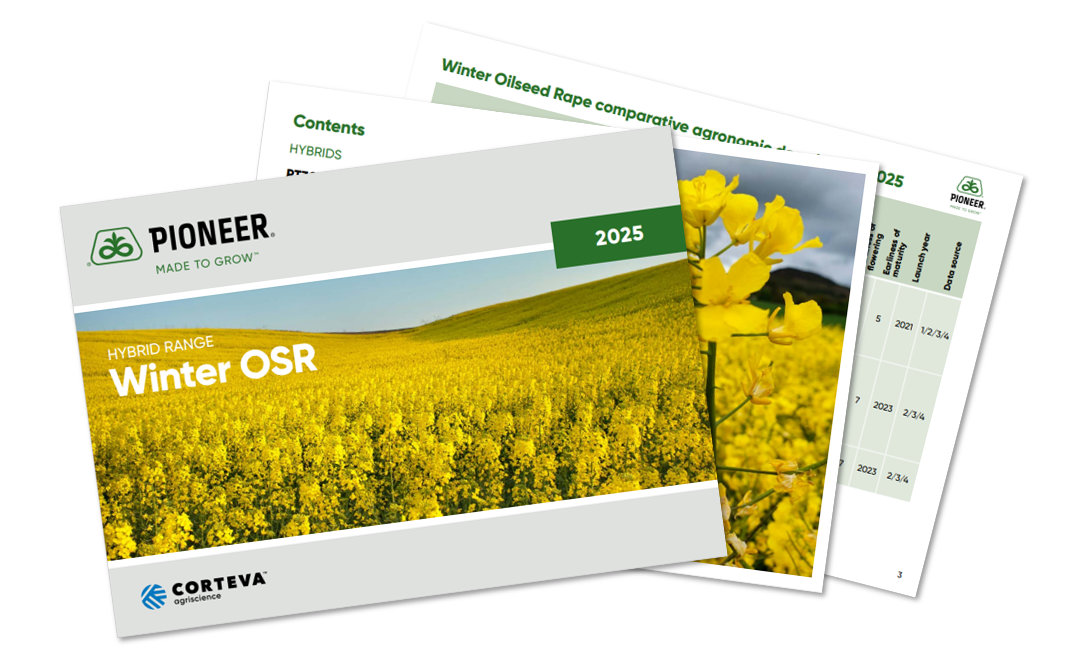
|
|
|
Help your cereal crops establish with Ympact®
Ympact® is a novel biostimulant seed treatment that enhances seedling growth by optimising metabolic processes and abiotic stress tolerance.
With the very dry spring we are experiencing, many spring sown cereals have been struggling to establish.
Adding Ympact to your seed dressings will help with early root and shoot development leading to better establishment and improvements in final yield.
With the dry weather reducing soil moisture, the humic substances in Ympact can retain approximately 7 times it’s volume in water close to the seed.
A reduction in chemical stress from conventional seed treatments also allows plants to develop undisturbed.
|
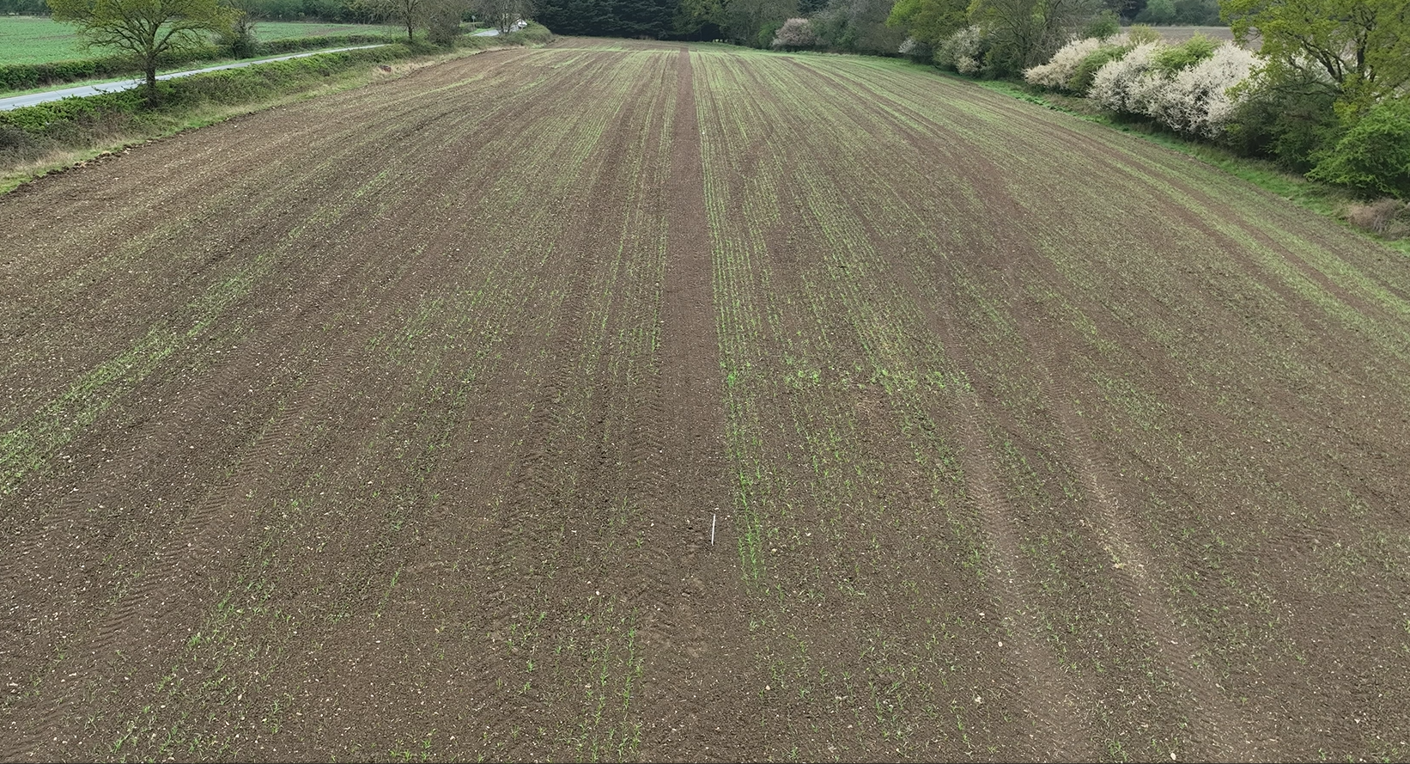
|
At a trial near Epping just north of London where conditions have been particularly dry, we have seen a clear improvement in crop establishment of a Spring barley crop in a clay soil.
|
|
|
|
|
|
Want to hear more from us?
Update your preferences and tailor your choices to make sure you receive the communications that are right for you. Don't forget to enter into our monthly prize draw by ticking the box before submitting to be in with the chance to win!
You can also stay in the loop with all the latest updates by following @CortevaIE on X and Facebook.
|
|
|
Ways to stay in touch
Area Manager and National Technical Manager: Liz Glynn, 00353 (86) 844 5306.
Visit our website www.corteva.ie for product information, labels and advice.
Our hotline team are on hand to answer any queries or concerns you have.
|
10 IASIS points will be awarded to those subscribing to this Agronomy Update.
|
USE PLANT PROTECTION PRODUCTS SAFELY. Always read the label and product information before use. For further information including warning phrases and symbols refer to label. ®, ™ Trademarks of Corteva Agriscience and its affiliated companies. All other brand names are trademarks of other manufacturers for which proprietary rights may exist. All manufacturers tradenames and trademarks are duly acknowledged. © 2025 Corteva. Pixxaro® EC contains fluroxypyr and halauxifen-methyl (Arylex™ active). Titus® contains rimsulfuron. Option® contains cymoxanil. Ympact® contains Fulvic Acid, Humic Acid, trace elements including Copper (0.45%), Manganese (0.74%), Zinc (1.1%), Boron, Cobolt, Sodium.
|
|
|
|
|